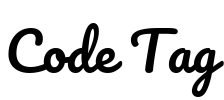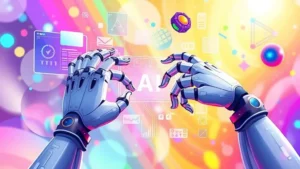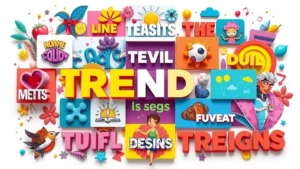Artificial intelligence (AI) is making waves across various industries, and graphic design is no exception. As AI technology continues to advance, designers are finding new ways to leverage these tools to enhance their creative processes. From automating repetitive tasks to generating design suggestions, AI can significantly improve efficiency and productivity. This allows designers to focus more on the creative aspects of their work rather than getting bogged down by mundane tasks.
One of the most exciting applications of AI in graphic design is in the realm of generative design. This technology enables designers to input parameters and let AI generate multiple design options based on those criteria. This not only speeds up the design process but also opens up new avenues for creativity that may not have been explored otherwise. As designers embrace these tools, they can push the boundaries of traditional design practices.
However, the rise of AI also raises important questions about the future of the design profession. While AI can assist in the creative process, it is essential for designers to maintain their unique voice and vision. The human touch in design is irreplaceable, and as AI becomes more integrated into the industry, designers must find ways to collaborate with these technologies rather than compete against them.





